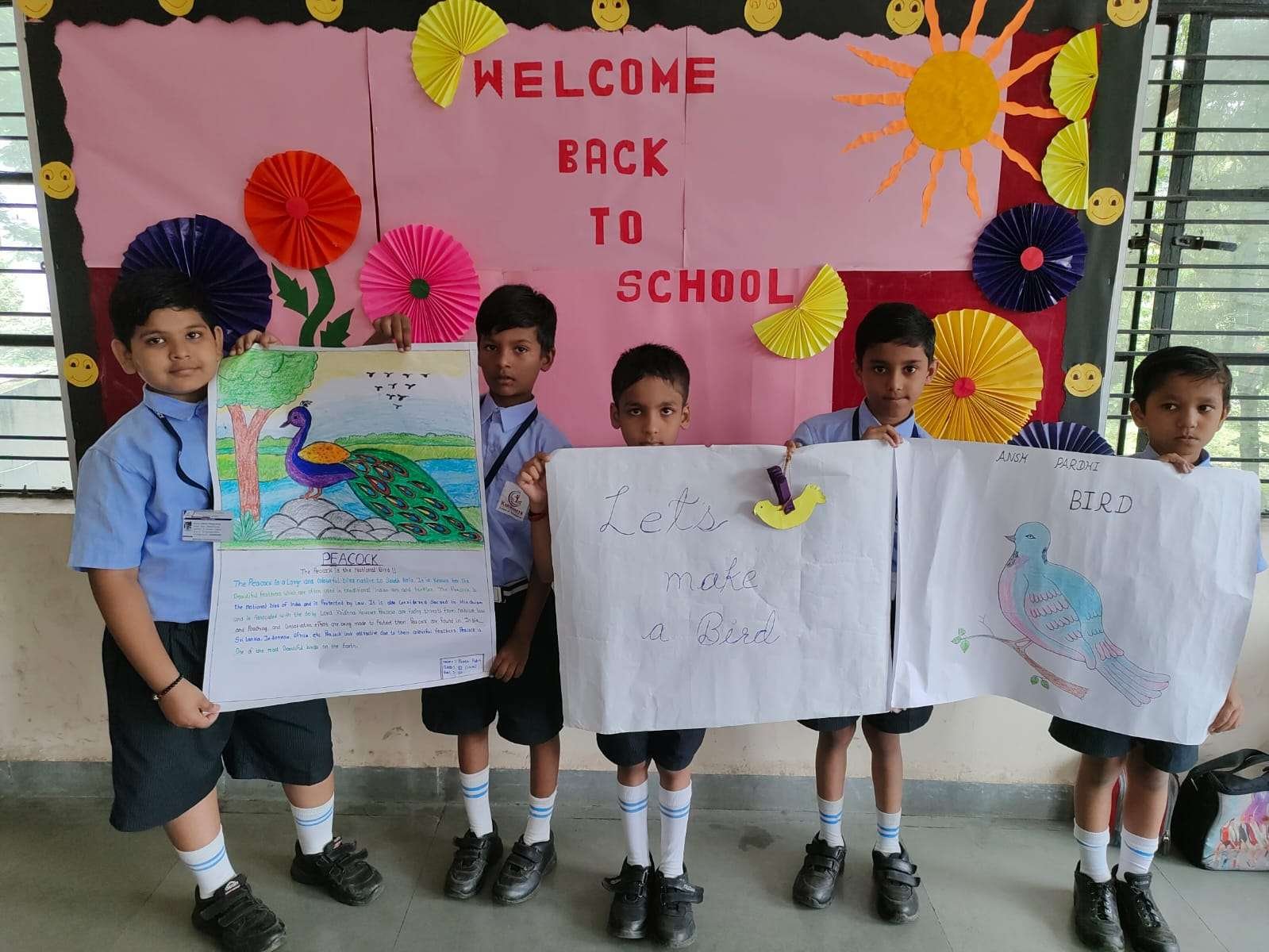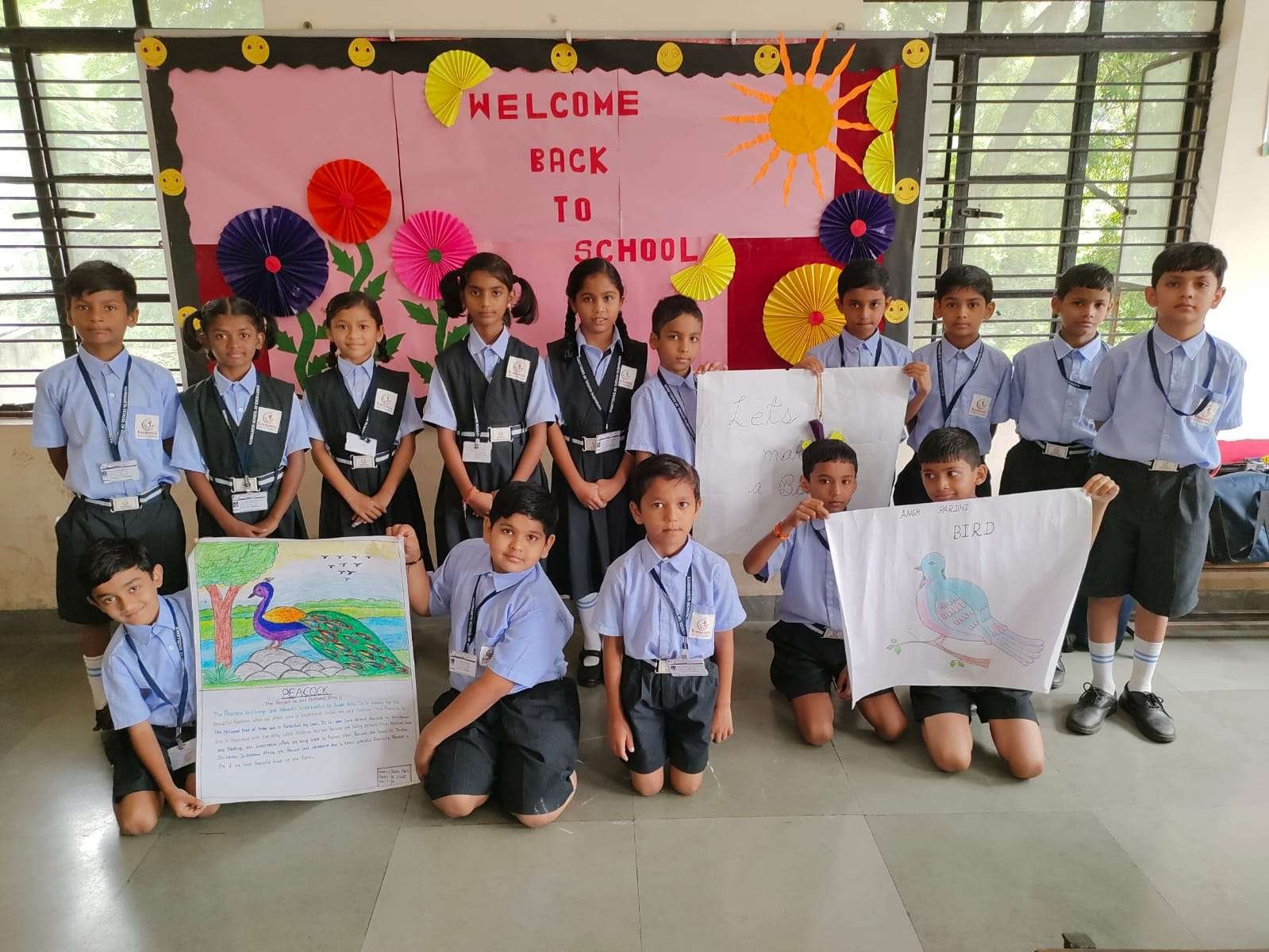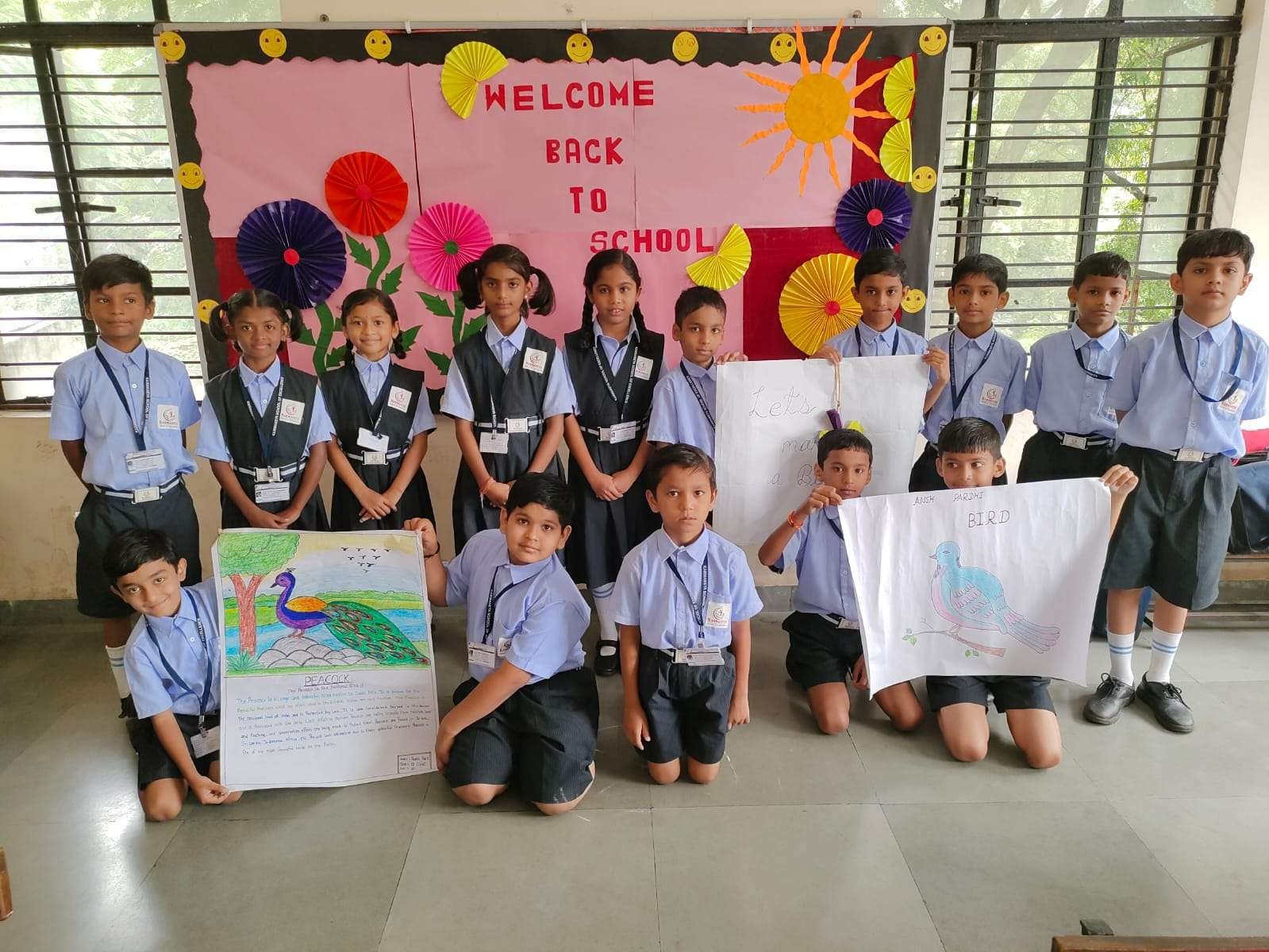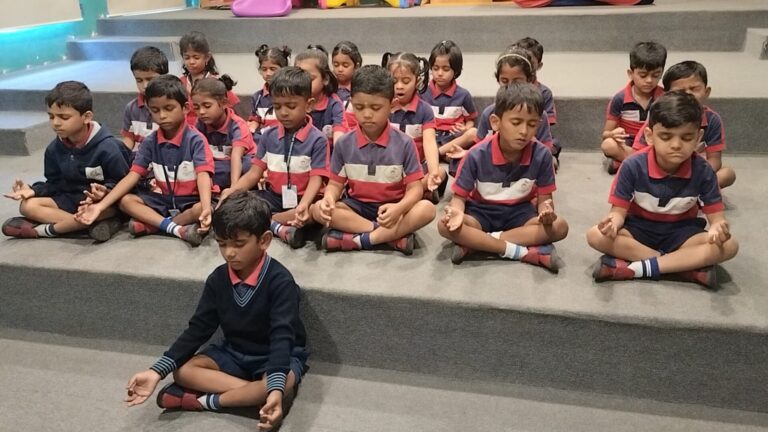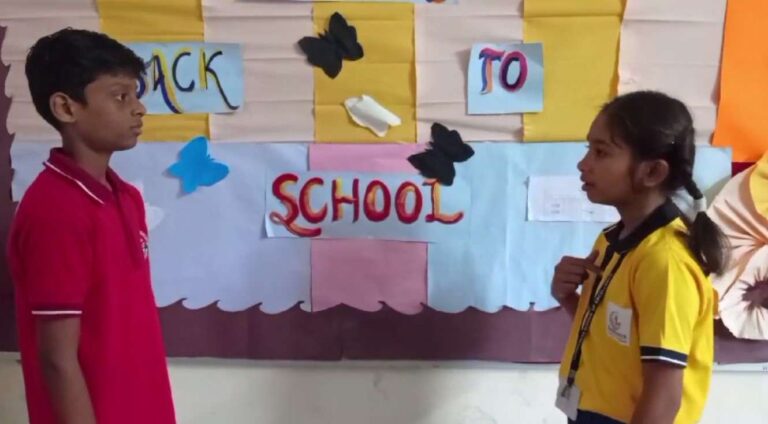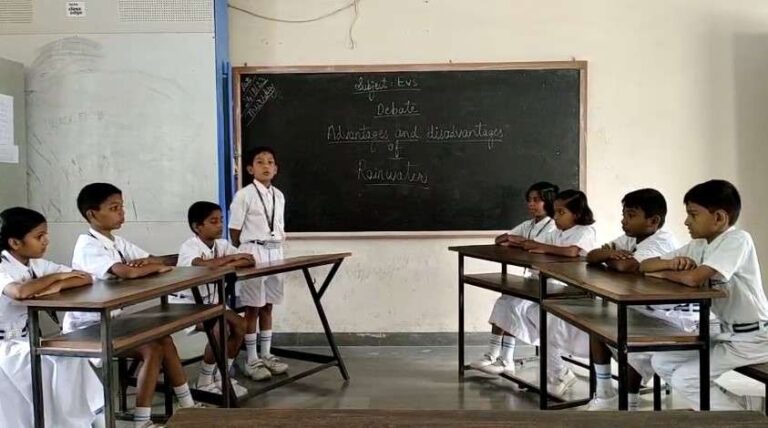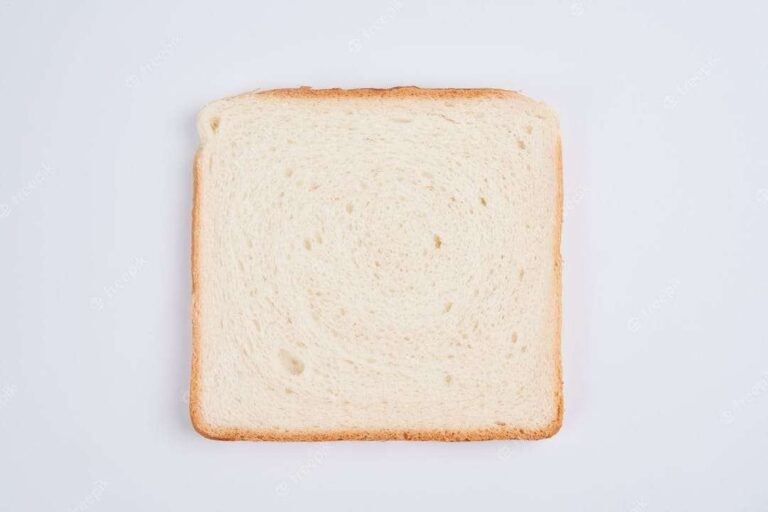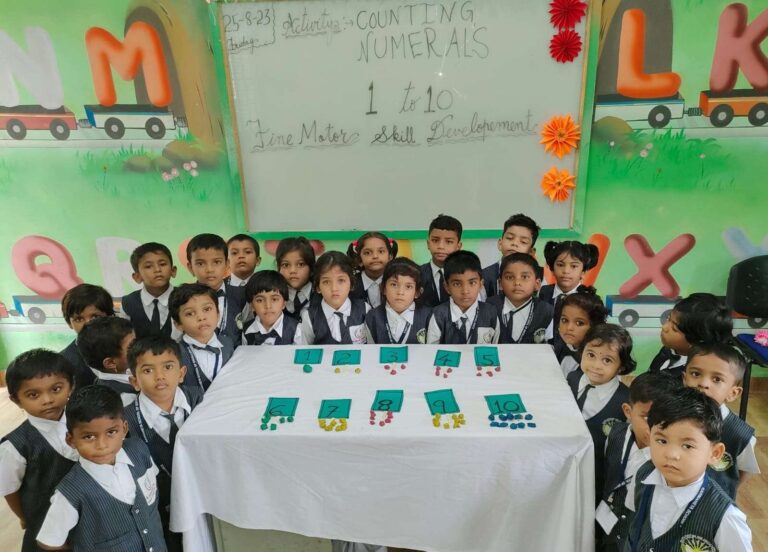Exploring Adaptations in Birds’ Habitats: A Nature-Based Learning Experience for Class III Students
In a fascinating and hands-on classroom activity, the young minds of Class III at KSE delved into the world of birds and their remarkable adaptations. The topic of the day: “Let’s Make a Bird.”
With the aim of deepening students’ understanding of how birds’ bodies are uniquely suited to their habitats, the lesson kicked off with a lively discussion on various bird habitats. From the treetops to the water’s edge, students explored how different birds have evolved to thrive in their respective environments.
The heart of the lesson lay in the creative task of crafting their own birds. Armed with materials like colored paper, feathers, and markers, the students’ imaginations took flight. As they sketched, cut, and glued, they were challenged to think critically about how their bird’s physical features and adaptations related to its chosen habitat.
These young nature enthusiasts exhibited impressive observation skills, drawing inspiration from real-life birds they had seen around their homes and school. The classroom buzzed with excitement as paper wings, beaks, and tails came to life, each carefully designed to suit the imagined habitat.
“This activity not only allows the students to showcase their creativity but also helps them grasp the concept of adaptation in a hands-on way,” remarked Ms. Mrs Ritika Mehta their enthusiastic English teacher. “By linking their creations to the natural world, the students are learning to appreciate the wonders of nature around them.”
As the lesson concluded, the classroom was adorned with a colorful array of handmade birds, each a unique testament to the students’ understanding of how adaptation shapes life in various habitats. The walls displayed a vibrant exhibition that was a true reflection of nature-based learning.
Through this engaging exercise, the students of Class III not only developed a deeper understanding of the relationship between birds and their habitats but also honed their observation skills and unleashed their creativity. With lessons like these, education becomes a dynamic journey where children learn not just from books, but from the world around them.
The “Let’s Make a Bird” activity stands as a wonderful example of how educators are fostering an appreciation for nature while nurturing young minds. As these students continue to grow, so too will their connection with the natural world, reminding us all of the power of hands-on, experiential learning.

